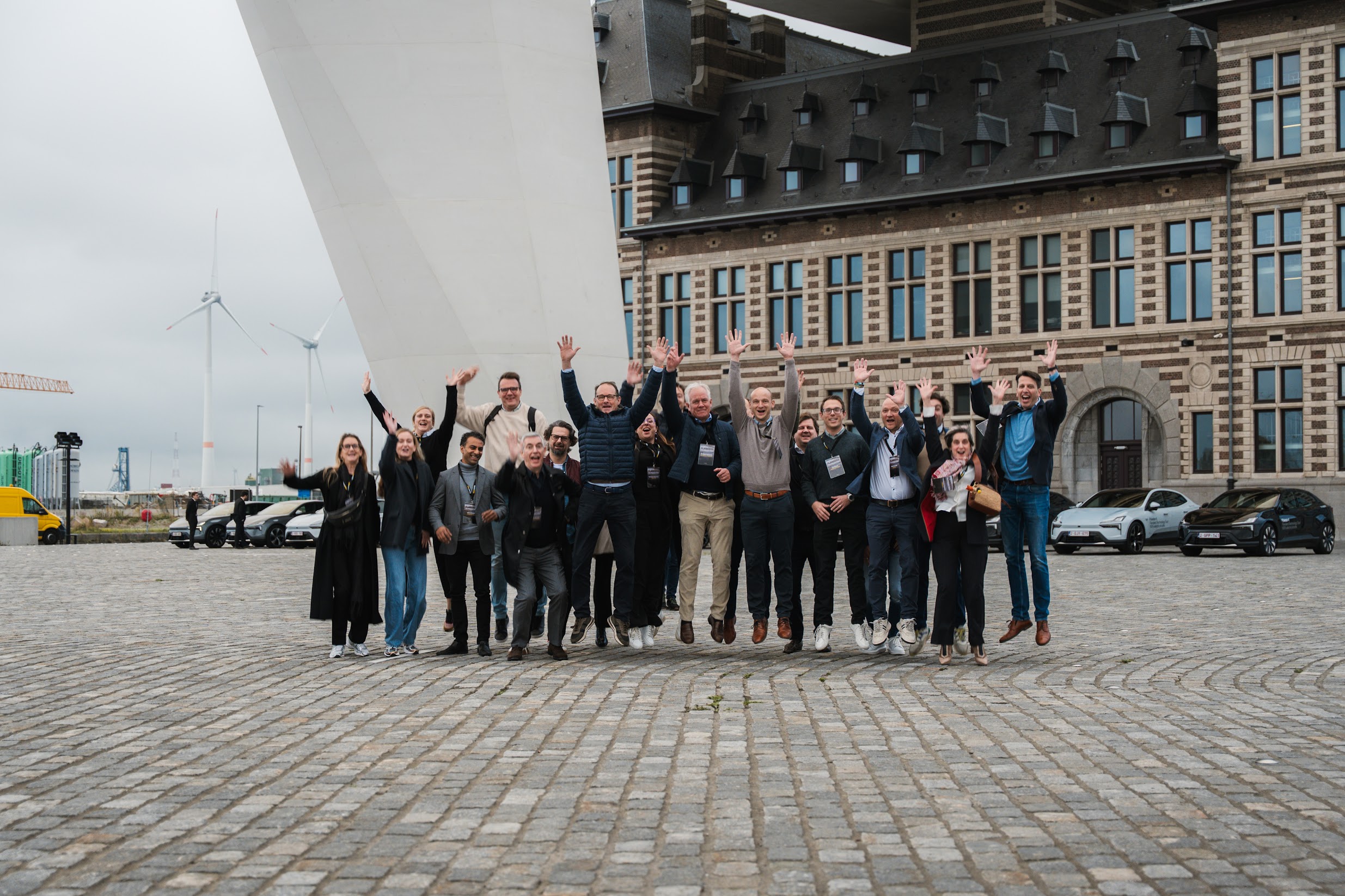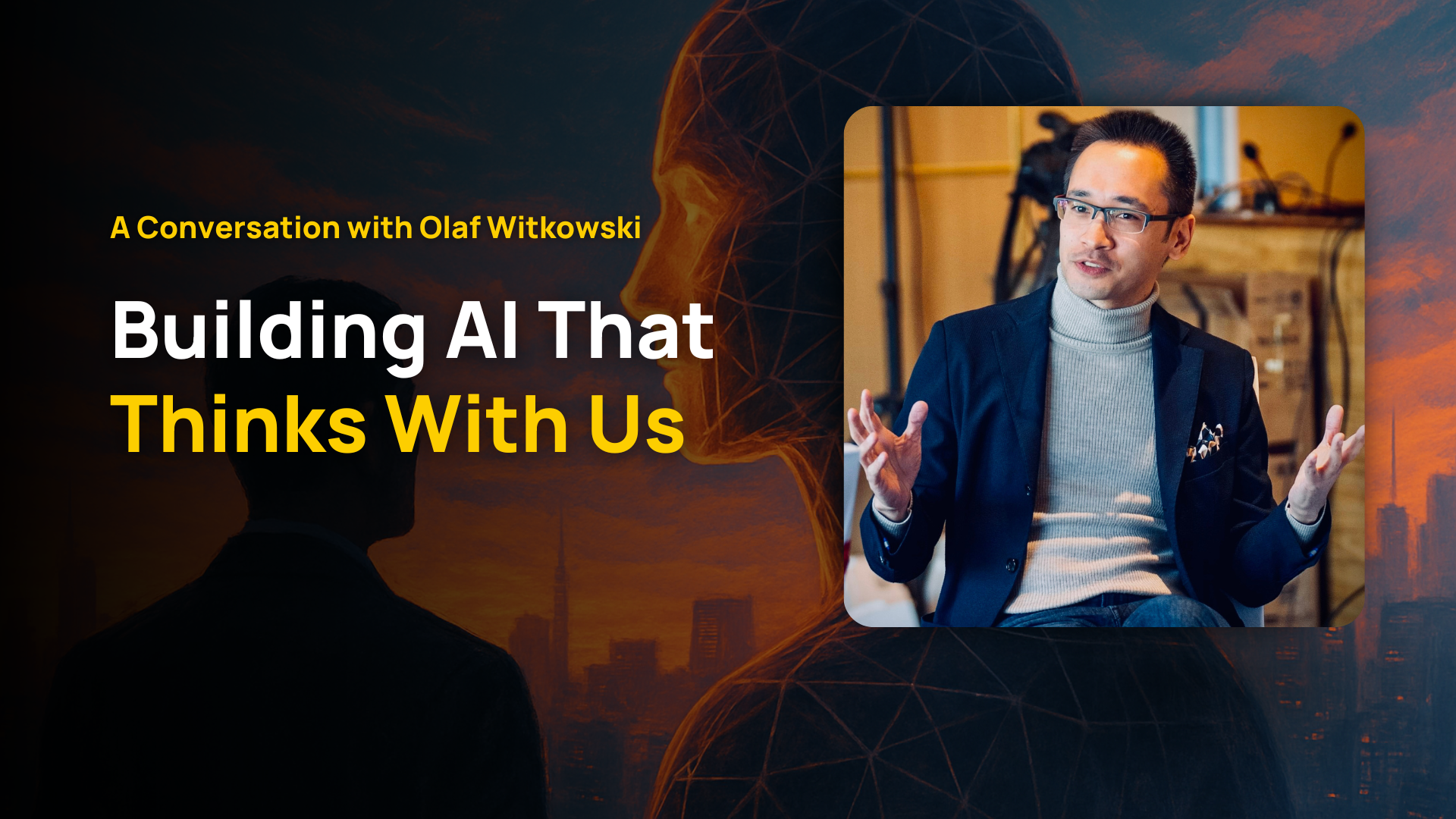Dream Bigger, Flanders!
Flanders has the talent. We’re missing the moonshot mindset.
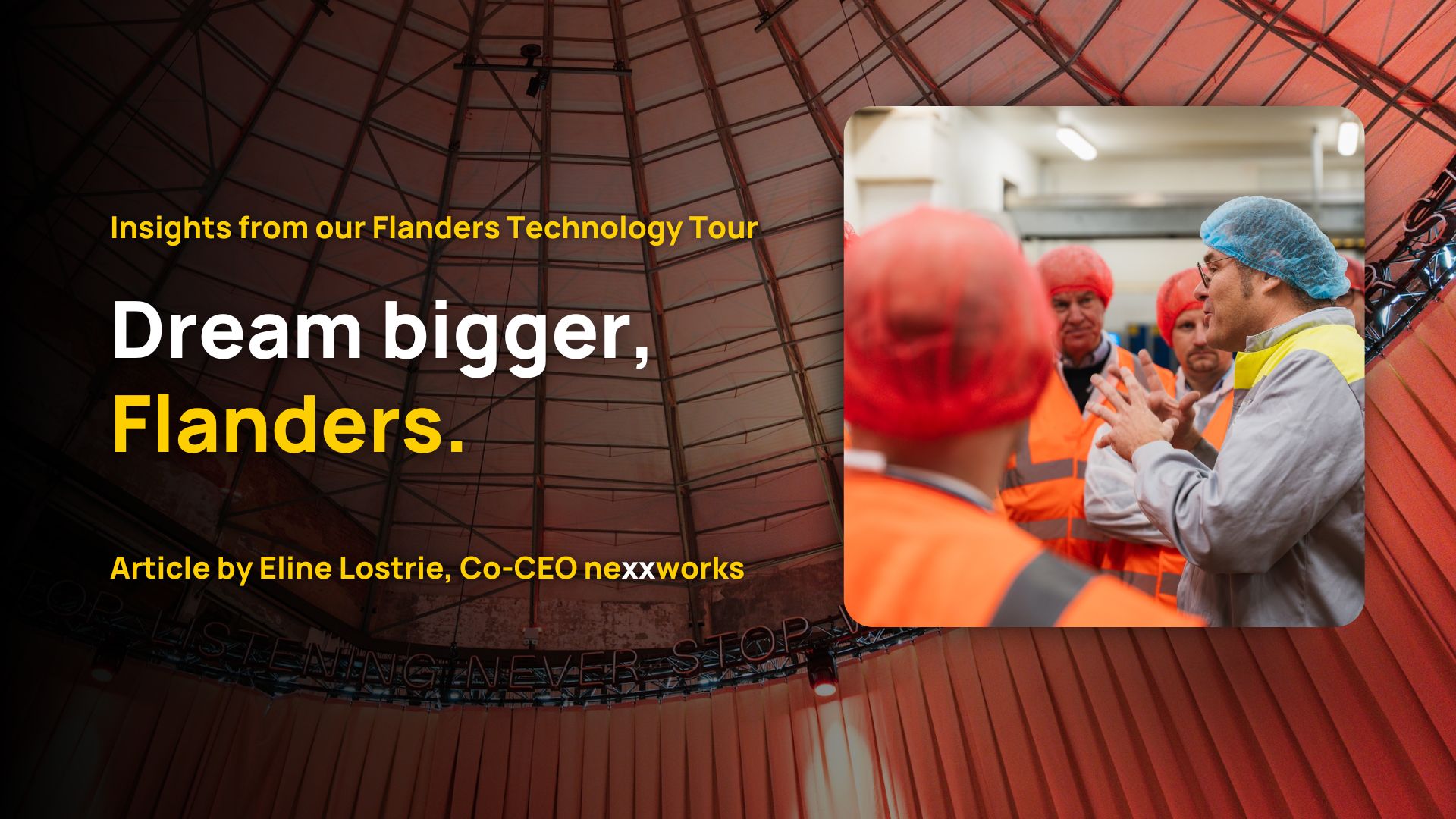
Three days on the Flanders Technology Tour reminded us that Flanders has everything it takes to shape the future. If, and only if, we dare to be more ambitious, move faster, and collaborate better. Obvious? Sure, ... but why is it not happening?
Ambition: Reaching for Mars from Our Backyard
Flanders has never lacked talent or ideas. We host multiple globally ranked research universities serving a population smaller than Greater London.
Talent isn’t our challenge. Imagination is.
On the tour, we saw what happens when ambition meets audacity. What happens when people stop thinking small and start building what’s next.
Look at Agristo,a family business that grew into a €1.2 billion global leader in frozen potato products, with plants across Europe and even the US. Kristof Wallaysjoked that their aspiration is “to take our fries to Mars by 2100.” It’s ment playful-and we all giggled - , but the reality is that this is exactly the kind of big thinking we need.
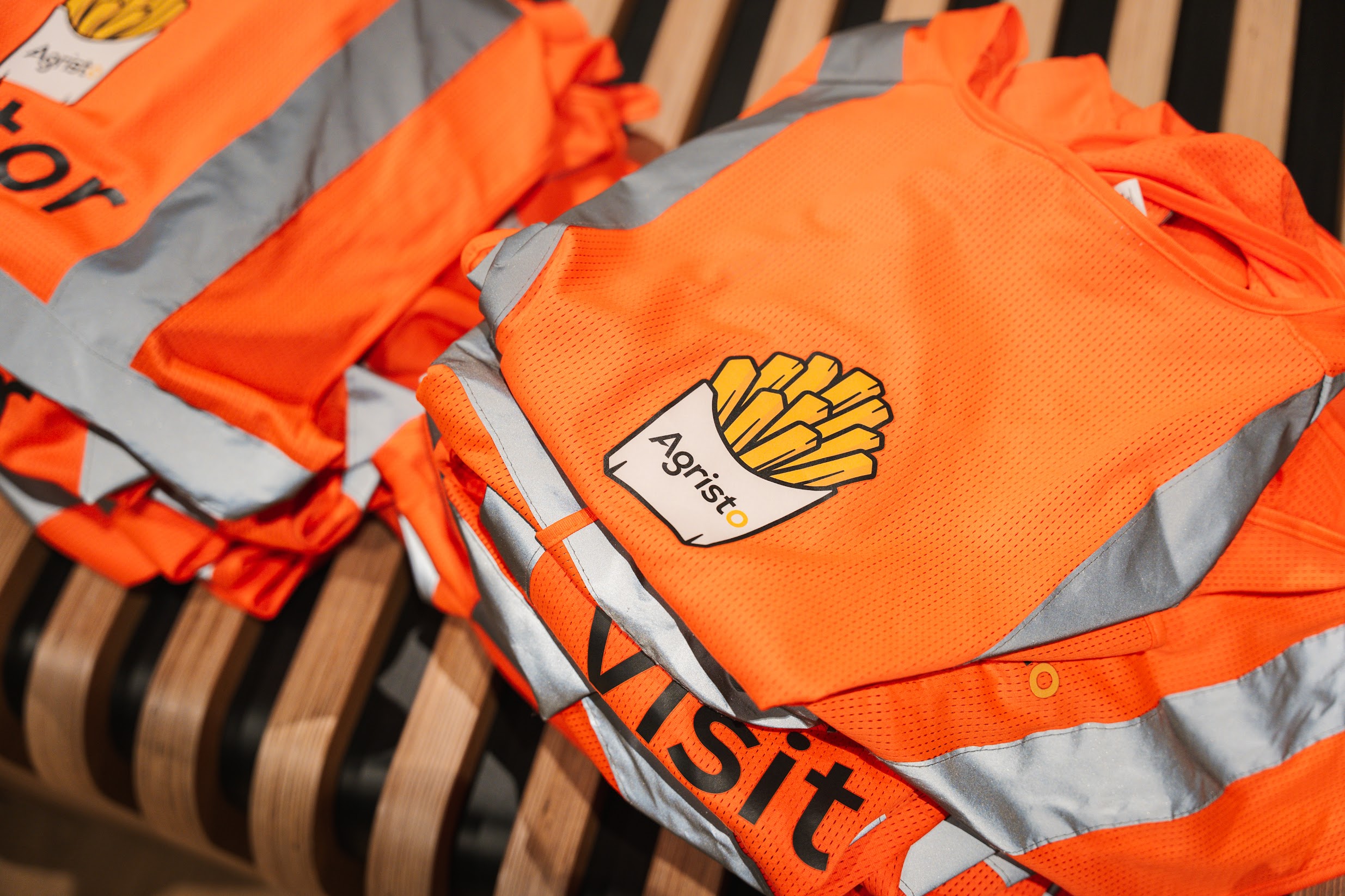
In Ghent,the (still rather new) Wintercircus campus carries a layered history: from circus elephants to a Fiat garage to today’s 15,000 m² techhub.
It symbolizes decades of entrepreneurial momentum built right here in Ghent. Not long ago, founders felt they had to start abroad because “Belgium had no startup ecosystem at the time – not a lot of incubators, not too many angels, no Wintercircus.”
Let's be real. We're not there yet. And we do still have to many talentful people leaving us after graduation. However, now our ecosystem is maturing more to produce homegrown unicorns and world-class innovation spaces.
The lesson is clear: we must amplify our ambition. All of us.
As Louis Jonckheere – CEO ofWintercircus – reminded us: “We have a lot of components of a Silicon Valley-like ecosystem, but we need to ramp up. Flanders has the brains, the talent, and the technology – even the capital; the missing link is the boldness to set moonshot goals."
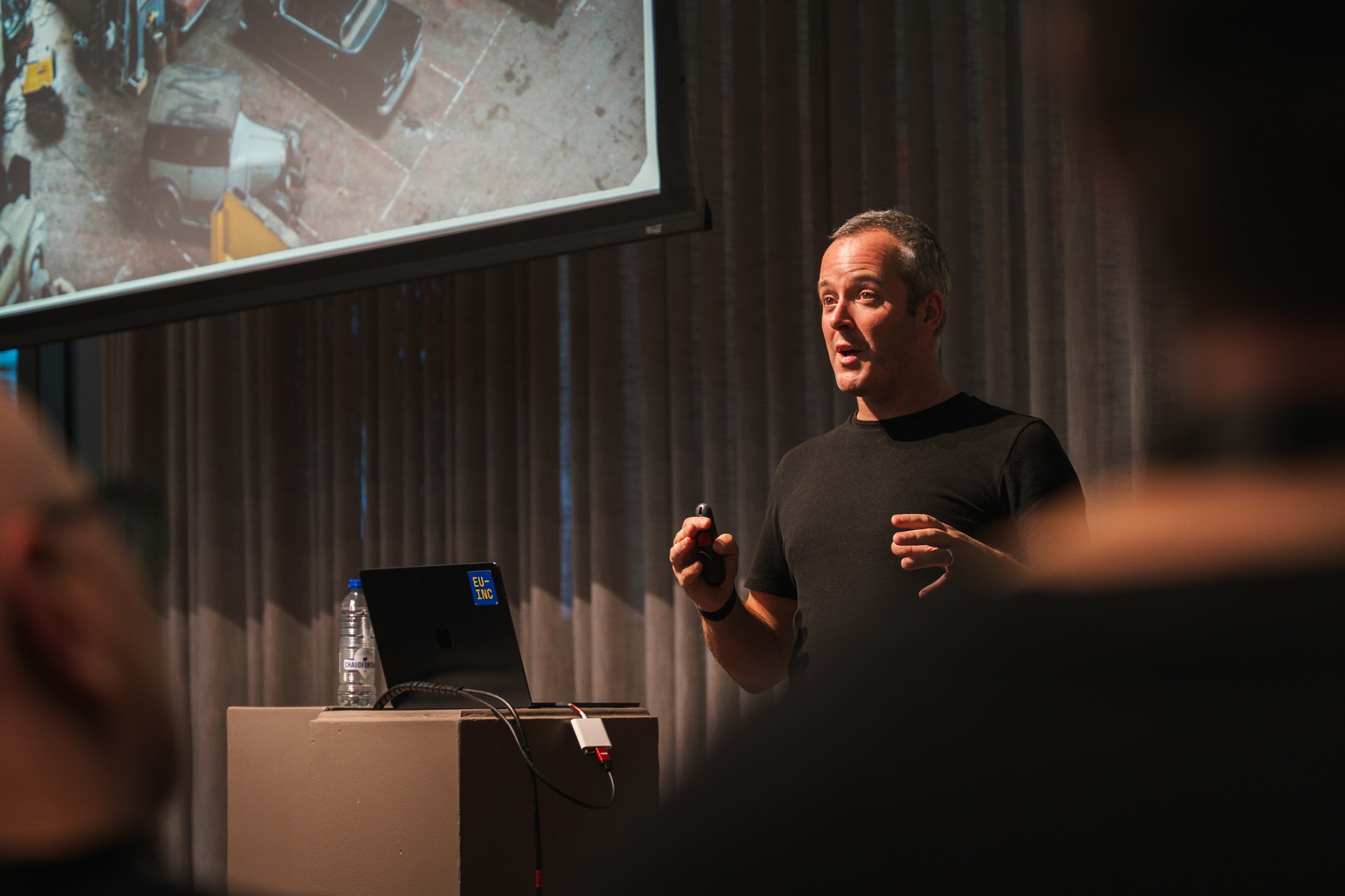
The companies and sites we visited prove that local innovators can think big and execute bravely. Our fries may not literally reach Mars in our lifespan, but the mindset of aiming high will carry Flemish innovation to new heights.
Speed: Building the Future in Real Time
If ambition sets our direction, speed is how we get there.
In technology and business today, slow and steady does not win the race. As Peter Hinssen put it,“the cost of doing nothing just went up.” We have to move fast, try things, iterate, and even fail faster to learn faster.
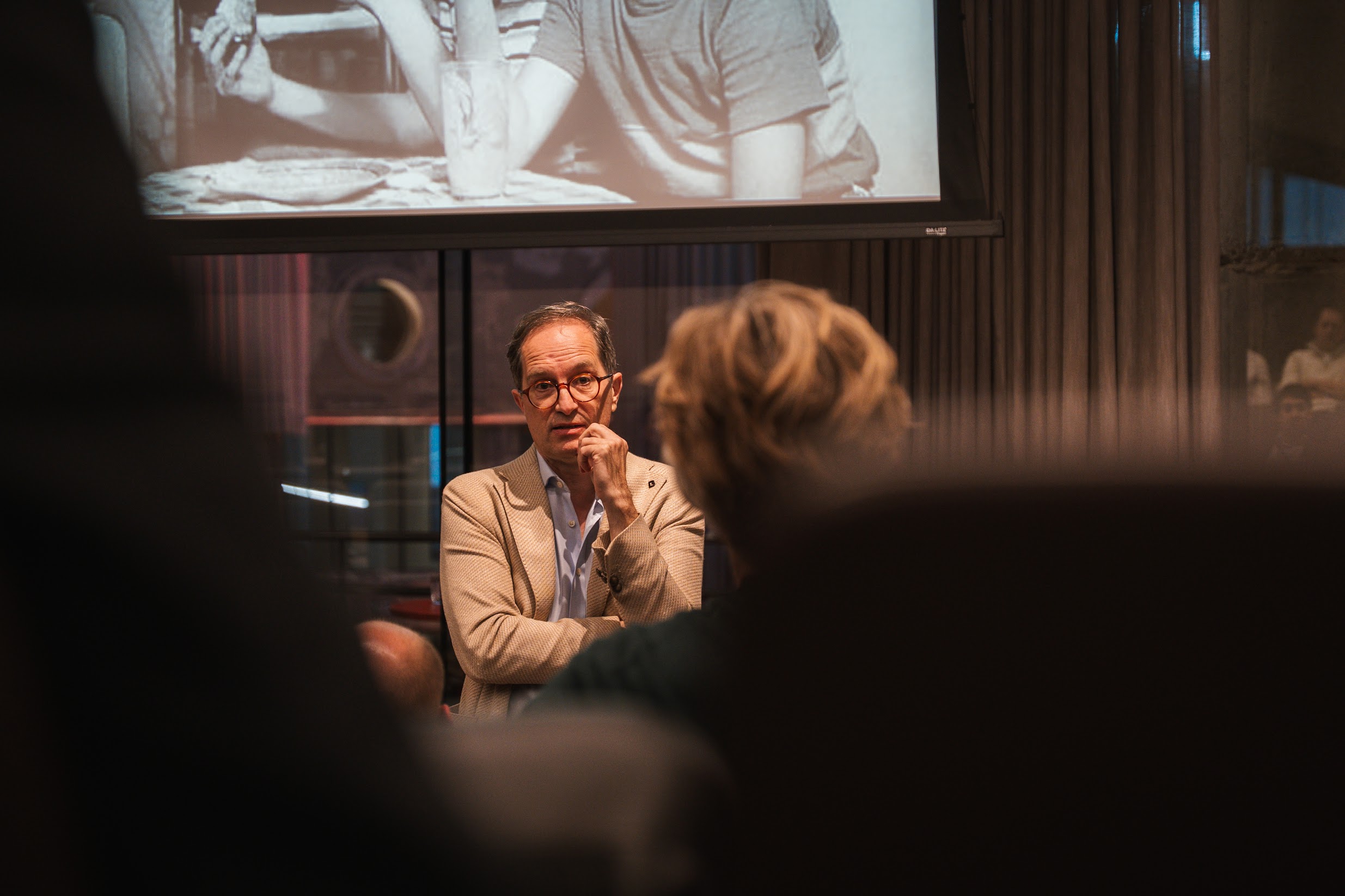
The tour underscored this culture of urgency and experimentation. We met teams that aren’t waiting for permission or perfection, they’re building the future now and refining as they go.
Consider Orsi Academy in Melle: in barely a decade, it evolved into one of the world’s largest robotic surgery training centers. Orsi combines medicine, engineering, and AI under one roof. It’s pioneering breakthroughs like an AI “surgical-copilot” that answers surgeons’ questions in real time during operations.
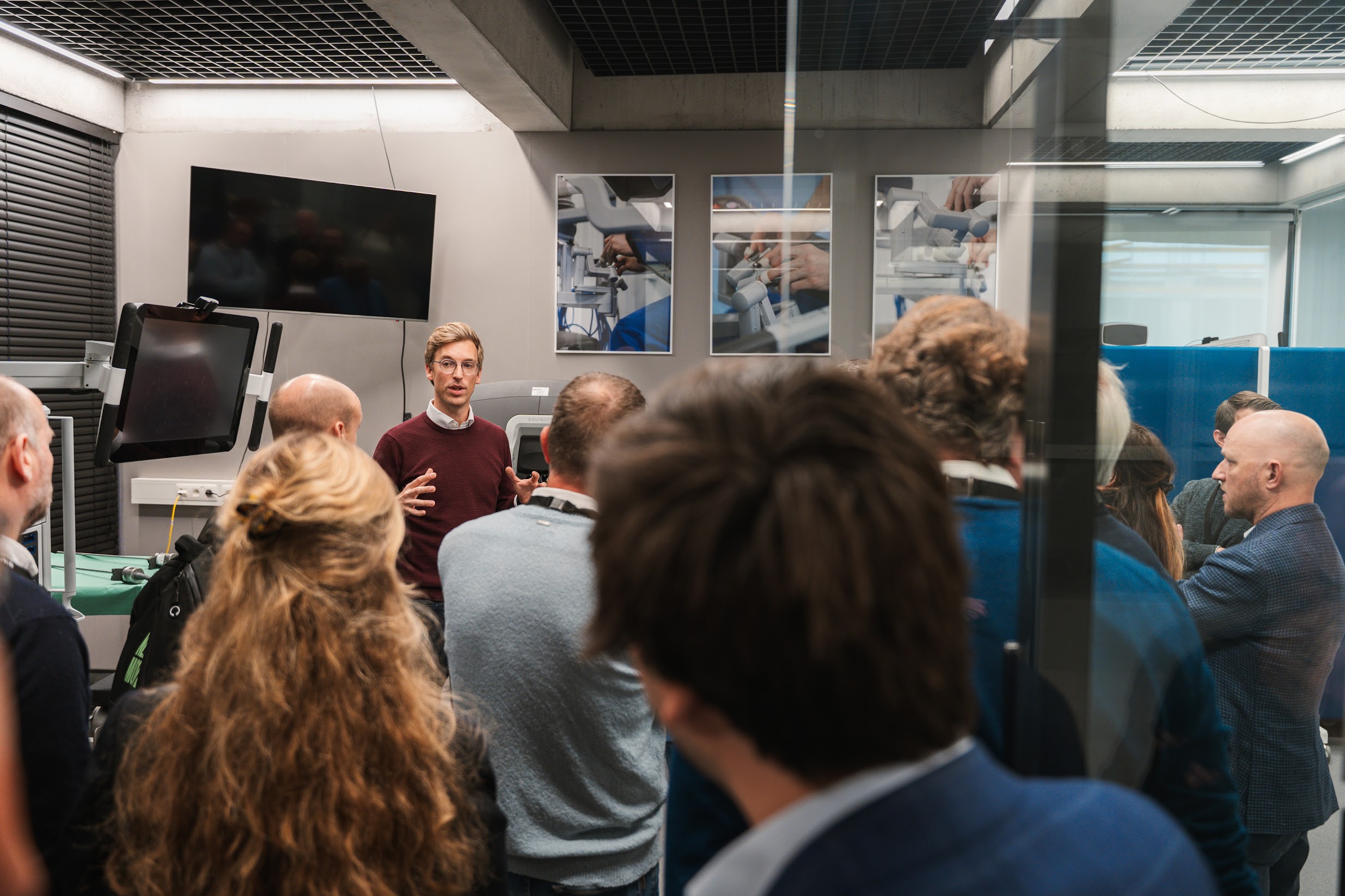
They constantly prototype new techniques and even generate synthetic surgical data to speed up learning – in short, they move at the pace of innovation. Orsi’s team isn’t content to eventually adopt new technology; they invent and deploy it as soon as it’s viable, making healthcare innovation a day-to-day reality.
Another example. The Lighthouse team offers another shining example of speed and relentless execution. Lighthouse is a Ghent-born software venture that sprinted from three friends in a small office to a global travel-tech player in just over 12 years, now serving 70,000 hospitality customers in 185 countries.

Under co-founder Matthias Geeroms’ leadership, Lighthouse raised major funding rounds and became Belgium’s fifth unicorn by 2024. In Matthias’s own words, “you’re only a trues cale-up when you can grow beyond the founders” – and Lighthouse did that by rapidly building a repeatable international sales engine.
When the pandemic hit and revenue dropped 90%, they made tough decisions quickly (“cut once, cut deep, tell the truth”) and emerged stronger. Lighthouse’s story proves that speed and adaptability outrank size in today’s economy. That kind of agility saved the company.
The takeaway: Flanders must foster a bias for action.
The Lighthouse team didn’t wait for a perfect local ecosystem; they expanded abroad and brought lessons back.
Orsi didn’t wait for someone else to define best practices; they’re busy creating them. We should encourage more of this experimental mindset across our organizations: launch pilot projects, test new ideas, and iterate in weeks, not years.
As the tour showed, when ambition meets speed, even a small region like ours can produce world-first innovations. We can’t afford it to be afraid to act boldly and swiftly — the world will not wait for us (quite the contrary).
Collaboration: Going Further,Together
As Brussels rapper Zwangere Guy says, “Tout seul on va beaucoup plus vite, ensemble on va beaucoup plus loin” – alone you go faster, together you go further.
That lyric rang in my head during the tour because everywhere we went, collaboration was the beating heart of innovation. If speed gets us moving and ambition charts the course, collaboration ensures we actually reach those far destinations (and sustain success when we get there).
Flanders’ greatest successes are coming from ecosystems, not lone geniuses. We’re a small region, but that’s an advantage if we use it.
We saw this spirit from the start of our tour on the docks of the newly merged Port of Antwerp-Bruges. Erwin Verstraelen, the port’s Chief Digital & Innovation Officer, showed us how this centuries-old trade hub is reinventing itself through partnerships.

The port has become a “smart ecosystem” where industry, startups and researchers co-create new solutions. It’s a living lab where shipping giants and tech start-ups work side by side to digitize logistics and green the supply chain. Such cross-sector collaboration – even between former competitors – is turning heavy infrastructure into a hotbed of innovation.
Similarly, at Brussels Airport we discovered that innovation happens at “every altitude” when experts from different domains collaborate. The airport isn’t just a transit point; it’s a living platform where technology, sustainability, and multiple stakeholders come together to redefine travel. Whether it’s cutting emissions or using AI for real-time operations, no single entity could achieve these breakthroughs alone … it takes an ecosystem.
.jpg)
Collaboration in Flanders also shines in less obvious places, like our cultural institutions. At Ancienne Belgique (AB) in Brussels, an iconic concert hall (I have a ton of great memories here), we learned how art and technology are joining forces. AB has become a cultural innovation lab, blending music with digital storytelling and sustainability initiatives. It’s a place where creative minds and tech innovators collaborate to redefine live performances, proving that creativity and innovation thrive together.

The same goes for the Lab of Tomorrow in Boom – their local ecosystem is worth checking out. The common thread: none of these achievements happened in isolation. They emerged from networks of people who believe, as I do, that sharing knowledge and resources multiplies the impact.
In a region as tightly knit as Flanders, this is our superpower: we can easily connect government with startups, academia with industry, creatives with technologists. “Alone you go faster, together you go further” isn’t just a cute saying, it should be our strategy.
By pooling our strengths and building together, we can turn small local ideas into global solutions. Collaboration is how Brussels Airport is reinventing travel, and how the Port of Antwerp-Bruges is making logistics a co-created innovation engine. It’s how an iconic music venue stays cutting-edge, and how a hub like Wintercircus unites startups, artists, investors and citizens under one “luminous dome” (their words, and rightfully so) toward a shared vision.
If we continue to prioritize trust, partnership and open innovation, there’s no limit to how far Flanders can go.
Let’s fire up the engines 🚀
The Flanders Tech Tour 2025 confirmed for me that there are amazing stories in our region. We should be proud of them, but now more than ever we should also create more of these examples.
The inspiring tales of ambition, speed, and collaboration we witnessed are already alive in our backyard – now we must build on them. At nexxworks, we often travel abroad to places like Silicon Valley or China for inspiration, and that global perspective remains valuable (really!). But this tour was a powerful reminder not to overlook the world-class innovation happening right here at home in Flanders.
We have fries aiming for Mars, robots training surgeons, ports and concert halls reinventing themselves – all driven by our own people. The message to fellow Flemish CEOs, policymakers, and innovators is clear: let’s continue to look within our region for excellence, and let’s lean on each other to amplify it.
So let’s commit to a new level of ambition (yes, we’re going global with nexxworks, and we’re proud of that). Let’s foster a culture of speed – experiment, iterate, and learn faster to stay ahead of the curve. And above all, let’s tear down silos and collaborate across every boundary (language, sector, you name it), because our strength is in unity.
Flanders doesn’t need to copy Silicon Valley; we can forge our own innovation identity by leveraging what makes us unique: a rich heritage of creativity, a tightly connected community, and an openness to work together.
End of transmission. Time to roll up our sleeves and get to it.
